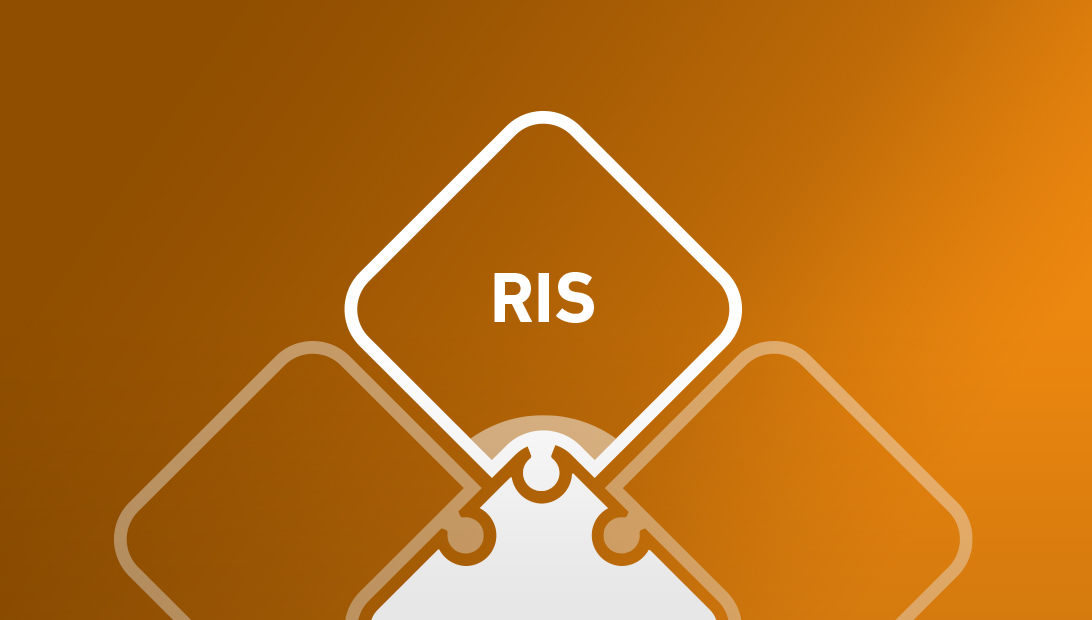
Everyone holds some cash – but how much is the right amount?
Markets go up. Markets go down. This volatility is what helps drive investment returns and that’s why we professionals love it. Well, most of the time anyway. That crucial market volatility can be a bit more painful for those who remain invested in decumulation and are more vulnerable to market movements. This means it’s always good to have a cash buffer.
We think a cash buffer’s purpose is to provide some flexibility for small adjustments in relation to market downturns. It is not implemented in portfolios to completely defend against all market falls. That’s not its purpose and nor should it be.
But too much cash is likely to cause a drag on performance in the long term. Conversely, too little cash means clients may have to sell investment units when prices are low during or after a market downturn, which will hinder their ability to recover properly. All clients need some cash. But how much is the right amount?
As with most things, balance is the key. Being the data-led firm that we are at 7IM, we put our best and brightest to work to try and put a figure on what that balance looks like.
Since 1942 the average bull market in the S&P 500 has lasted 4.8 years and produced a 164% total return. On the other hand, the average bear market goes on for 11 months and hits investors for -33%, according to data from 7IM and Bloomberg.
And against broader historical data, we’ve calculated our Balanced Portfolio has recovered from a fall in value within 12 months 83% of the time. That recovery figure then jumps to 96.5% in a 24-month period.
These nuggets of data tell us that we don’t want to hold too much cash and miss out on the bull markets; we don’t want to experience too much drag on performance because our cash buffer is too big.
So for those in decumulation, we think two years of income covers the potential downside for the vast majority of volatile market periods, extreme circumstances aside. Having a cash buffer to protect against more than 95% of market scenarios is a strong position to be in, while still leaving plenty to be invested to try and maximise returns in the rest of the portfolio.
That’s exactly what we do in our Retirement Income Service, which utilises a bucketing approach to split portfolios into four pots: long-term, medium-term, short-term and cash.
Applying four buckets, each with a varying size of portfolio attributed due to the client’s risk profile and desired income, we assign assets with different levels of risk. This takes the classic bucketing approach and applies it to the complicated decumulation journey, allowing advisers to demonstrate to clients exactly how their income is catered to and looked after, in a simple way.
Retirement is complex and markets even more so. But with the right financial adviser and products to suit, clients can be safe in the knowledge that all eventualities are planned for and that they have the appropriate buffer for when it’s needed.
If you’re interested in finding out more about 7IM’s retirement offering, including the new Retirement Income Solution available on the 7IM Platform, click here.
Discover more



I confirm that I am a Financial Adviser, Solicitor or Accountant and authorised to conduct investment business.
If you do not meet this criteria then you must leave the website or select an appropriate audience.

